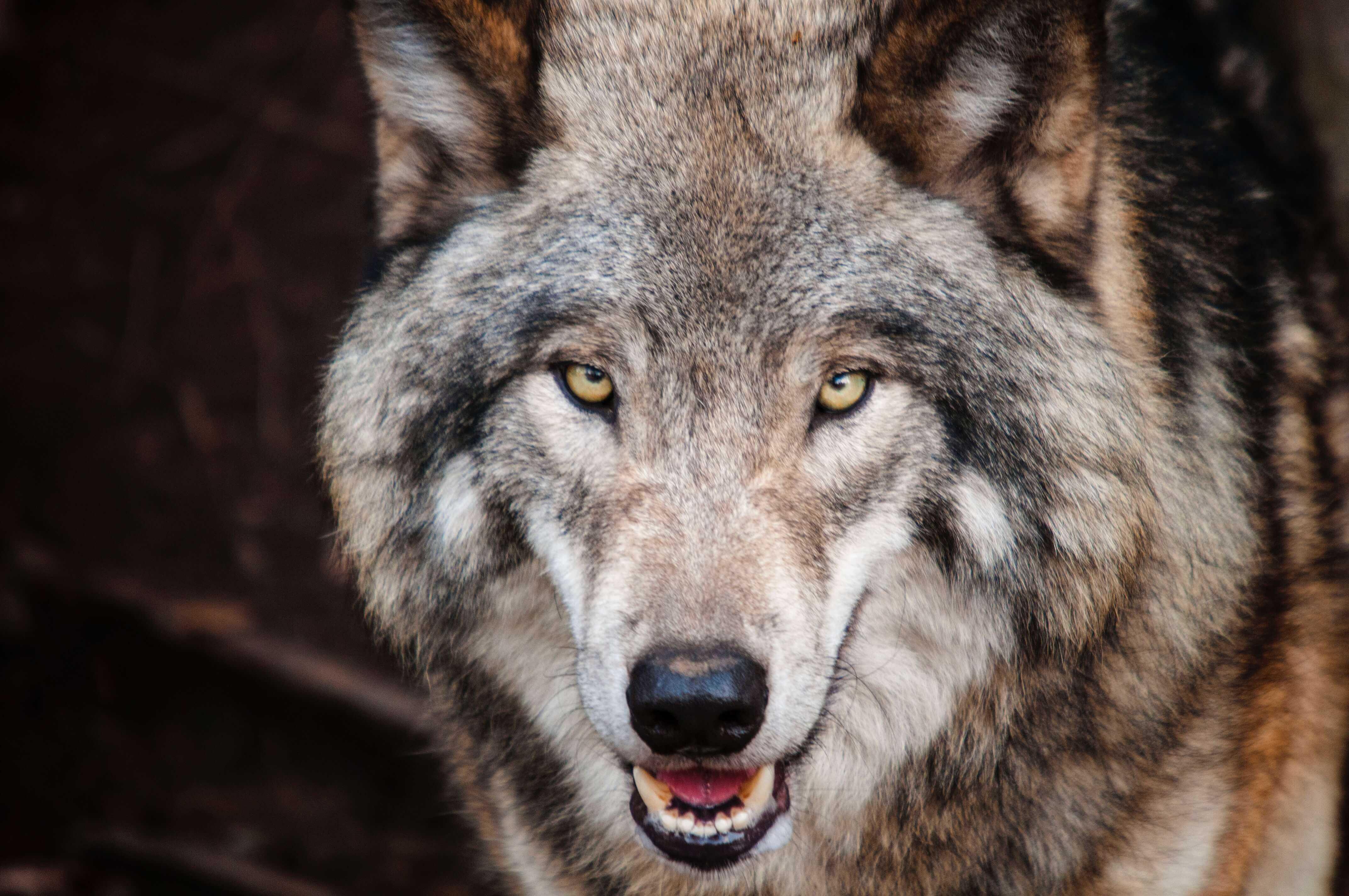
What Does a Viking Wolf Symbolize?
Introduction
The Viking wolf symbolizes bravery, ferocity in battle, and a deep respect for nature, making it an emblem of strength and courage — In Norse mythology, the wolf holds significant symbolism, especially in relation to the Vikings. One prominent figure associated with wolves is Fenrir, a monstrous wolf who played a pivotal role in Ragnarök, the apocalyptic battle.

Wisdom Behind True Meaning of Viking Wolf
The wolf represents the untamed forces of nature and the chaotic power of destruction. The monstrous wolf Fenrir played a crucial role in the apocalyptic battle of Ragnarök, symbolizing the looming threat of chaos. Additionally, Geri and Freki, the loyal wolf companions of Odin, symbolized loyalty, companionship, and fierce protection. The Viking wolf symbolized the primal instincts and wild nature within the Norse people, reflecting their warrior spirit and deep connection with nature. The image of the wolf reminded Vikings to harness their own intellect, enabling them to outsmart their adversaries and conquer challenges with shrewdness.
Viking Fenrir Helm of Awe Rune Stainless Steel Wolf Pendant
The Powerful Influence of Norse Mythology on Viking Culture
Norse mythology held a profound significance in Viking culture, shaping their beliefs, values, and way of life. Rooted in ancient Scandinavian traditions, Norse mythology featured a pantheon of powerful gods and goddesses, epic tales of heroic deeds, and cosmic battles between forces of good and evil. It provided the Vikings with a rich tapestry of narratives, offering guidance on honor, bravery, and the cycle of life and death.
Norse mythology also reinforced the interconnectedness of nature, emphasizing the vital roles played by gods, humans, and mythical creatures. As a cornerstone of Viking culture, Norse mythology not only entertained but also served as a moral compass, inspiring the Vikings to live courageously.
How Wolf Symbols in Viking Jewelry Captured the Warrior Spirit?
As depicted in ancient tales, the wolf embodied the untamed forces of nature and the warrior spirit of the Norse people. This symbolism extended to Viking jewelry, where intricately designed wolf motifs adorned their necklaces, brooches, and arm rings. Wearing such jewelry not only showcased their bravery and affiliation with the wild, but it also acted as a talisman, bestowing the wearer with the qualities of the wolf: resilience, tenacity, and a fierce determination to protect their kin. In Viking society, the representation of the wolf through jewelry served as a powerful reminder of their inherent strength and the indomitable spirit that defined their culture.
Rooted in ancient Scandinavian traditions, Norse mythology encompassed a rich tapestry of gods, heroes, and mythical creatures. Wolves, with their untamed nature and primal instincts, represented chaotic forces of nature. Fenrir, the monstrous wolf, symbolized the impending destruction during Ragnarök, the apocalyptic battle. Geri and Freki, the loyal wolf companions of Odin, exemplified loyalty.
Vintage Viking Odin Runes Ring
The Wolf Fenrir: Monstrous Offspring of Loki
Fenrir, the monstrous wolf and son of the god Loki, held a formidable role in Norse mythology. Born to Loki and the giantess Angrboða, Fenrir was a creature of immense ferocity, as he grew, his size became so overwhelming that the gods feared him and decided to bind him. Despite their efforts, Fenrir broke free during Ragnarök, the final battle, unleashing havoc upon the realms.
Embodying the Wolf: Jewelry's Power
Vikings believed that by adorning themselves with wolf-inspired jewelry, they could embody the remarkable qualities of the wolf. As they donned intricately crafted wolf-shaped pendants and rings, they sought to harness the spirit of the cunning predator. Just as the wolf relied on its instincts and prowess, Vikings sought to channel these attributes to become formidable warriors. The adornments served as powerful talismans, reminding the wearers of their connection to the wolf and inspiring them to exhibit its agility, resilience, and sharp intellect.
Significance of Viking jewelry
Viking jewelry was not merely decorative; it held deep cultural and symbolic meaning. Crafted with exquisite artistry, these pieces represented the wealth, status, and beliefs of the wearer. From intricately carved necklaces to ornate bracelets, Viking jewelry was a tangible expression of their identity, heritage, and connection to the divine. Each piece told a story, honoring gods, commemorating victories, or symbolizing protection.
Vintage Stainless Steel Viking Wolf Ring
Wolf's Shield: Viking Protections
Within Viking culture, the wolf stood as a powerful guardian against malevolent forces. Vikings believed that the wolf's fierce nature could ward off evil spirits and protect them from harm. For Vikings, donning wolf-inspired jewelry wasn't merely a fashion statement; it was a means of personal safeguarding. They believed that wearing such pieces acted as talismans, invoking the wolf's protective energy. Whether it was a pendant, a ring, or an amulet, these intricate adornments were cherished for their ability to ward off misfortune and shield the wearer from harm. By carrying a piece of the wolf's essence with them, Vikings felt an added layer of assurance, an invisible armor of protection.
Vintage Viking Wolf Stainless Steel Bracelet
Forged by Wolves: Channeling Nature's Might through Jewelry
Wolf-themed jewelry held a special place in Viking culture, capturing the awe-inspiring qualities of the majestic predator. Craftsmen meticulously fashioned pendants depicting snarling wolf heads, brooches adorned with intricate wolf motifs, and rings featuring the likeness of the cunning creature. By wearing such jewelry, Vikings carried the spirit of the wolf with them, a tangible reminder of their connection to nature and the untamed power they admired. Vikings believed that the attributes of the wolf - its ferocity, courage, and intelligence - could be invoked by wearing such pieces. Donning wolf-inspired jewelry showcased one's affiliation with the warrior class and their unwavering spirit.
Vintage Stainless Steel Viking Wolf Pendant
Conclusion
The wolf's fierce and unwavering spirit captivated the hearts of Viking warriors, serving as a constant reminder of their own indomitable nature. Through meticulously crafted jewelry, adorned with intricate wolf motifs and symbols, Vikings sought to embody the wolf's resilience, fearlessness, and cunning instincts. These pieces became talismans of power, igniting a primal fire within their wearers and inspiring them to conquer adversity with unwavering determination. As they donned these exquisite adornments, Vikings embraced their identity, connecting to the ancient lineage of fearless warriors and embodying the essence of the wolf, forever bound by the untamed spirit that echoed through time.





